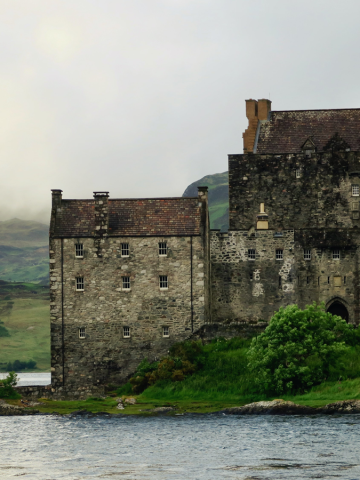A Tartan Literature: Scottish Romanticism and Scottish Renaissance
This one-week course will focus on the groundbreaking literature, ideas, and impact of the twentieth-century Scottish Literary Renaissance.

Around the end of the nineteenth century, the British Empire began to experience tensions in its Celtic fringe. Inspired by the Irish Home Rule movement, Scottish writers and intellectuals began to ponder the situation of Scotland in the British Empire.
The Scottish Literary Renaissance of the early twentieth century gave cultural expression to these political questions. In Montrose, a coterie of writers developed around Hugh MacDiarmid including Lewis Grassic Gibbon and Edwin and Willa Muir. Torn between nationalism, socialism, and communism, this group and their arguments defined a range of possibilities for Scottish literature and nationhood.
This course will explore these writers and connect them into the long history of Scottish literature: the Scottish Enlightenment thinkers of the late eighteenth century, the Scottish Romanticism of Robert Burns and Walter Scott, who reacted against Enlightenment and its political assumptions, and the late nineteenth century world of Empire, figured through R.L. Stevenson. We will then discuss key works of the Renaissance. Sunset Song, Gibbon’s feminist “land novel”, explored the end of an agricultural way of life in the face of industrialisation and war. And Hugh McDiarmid championed the Scots dialect in his long modernist poem A Drunk Man Looks at the Thistle. Through this work, Scottish writers established a permanent counterculture to the prevailing English literary canon, an idea that continues to haunt British literature and culture into the present.
Course Outline
Set Texts
- Robert Burns, Selected Poetry
- Lewis Grassic Gibbon, Sunset Song
- Hugh MacDiarmid, Selected Poetry
